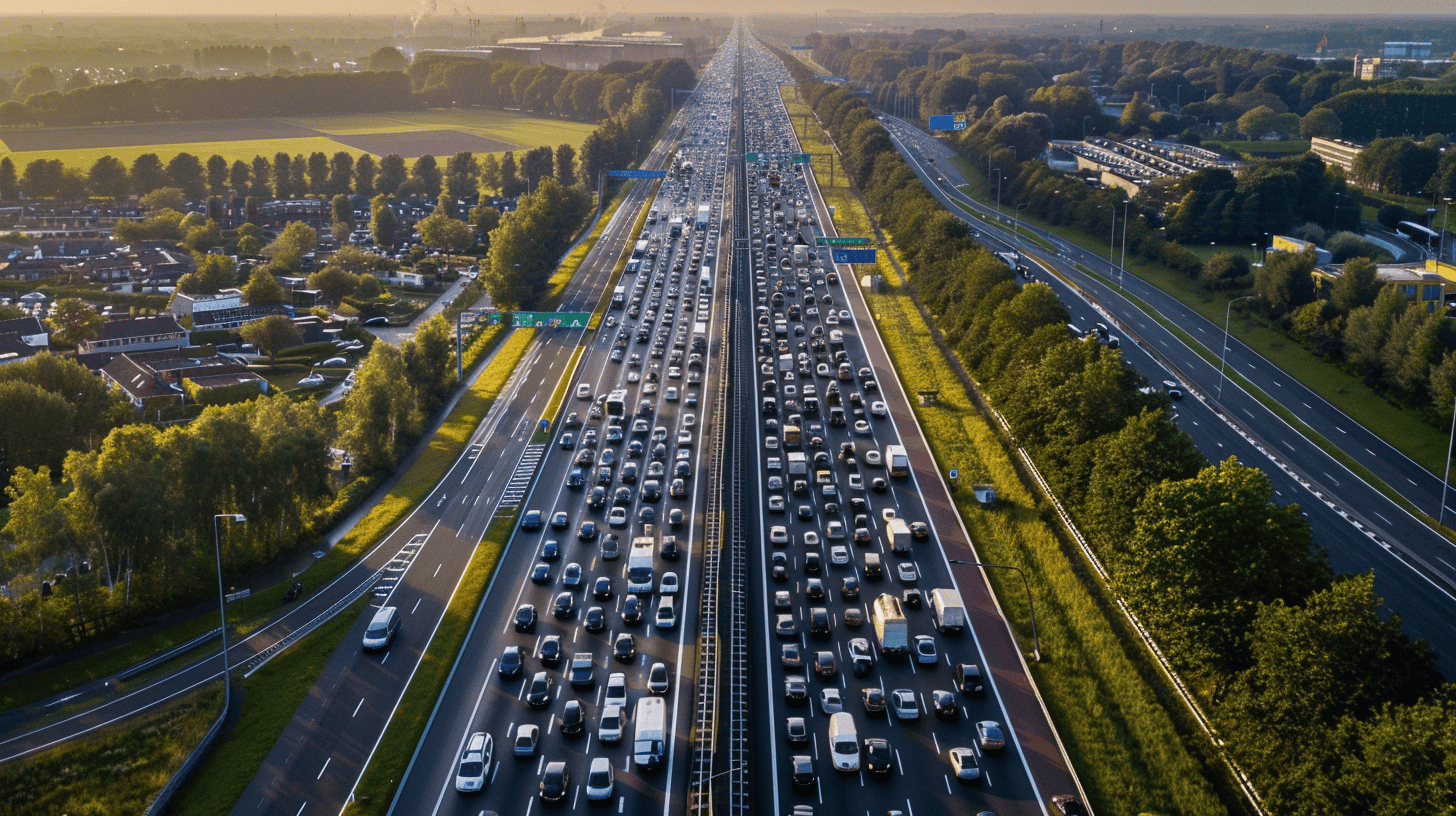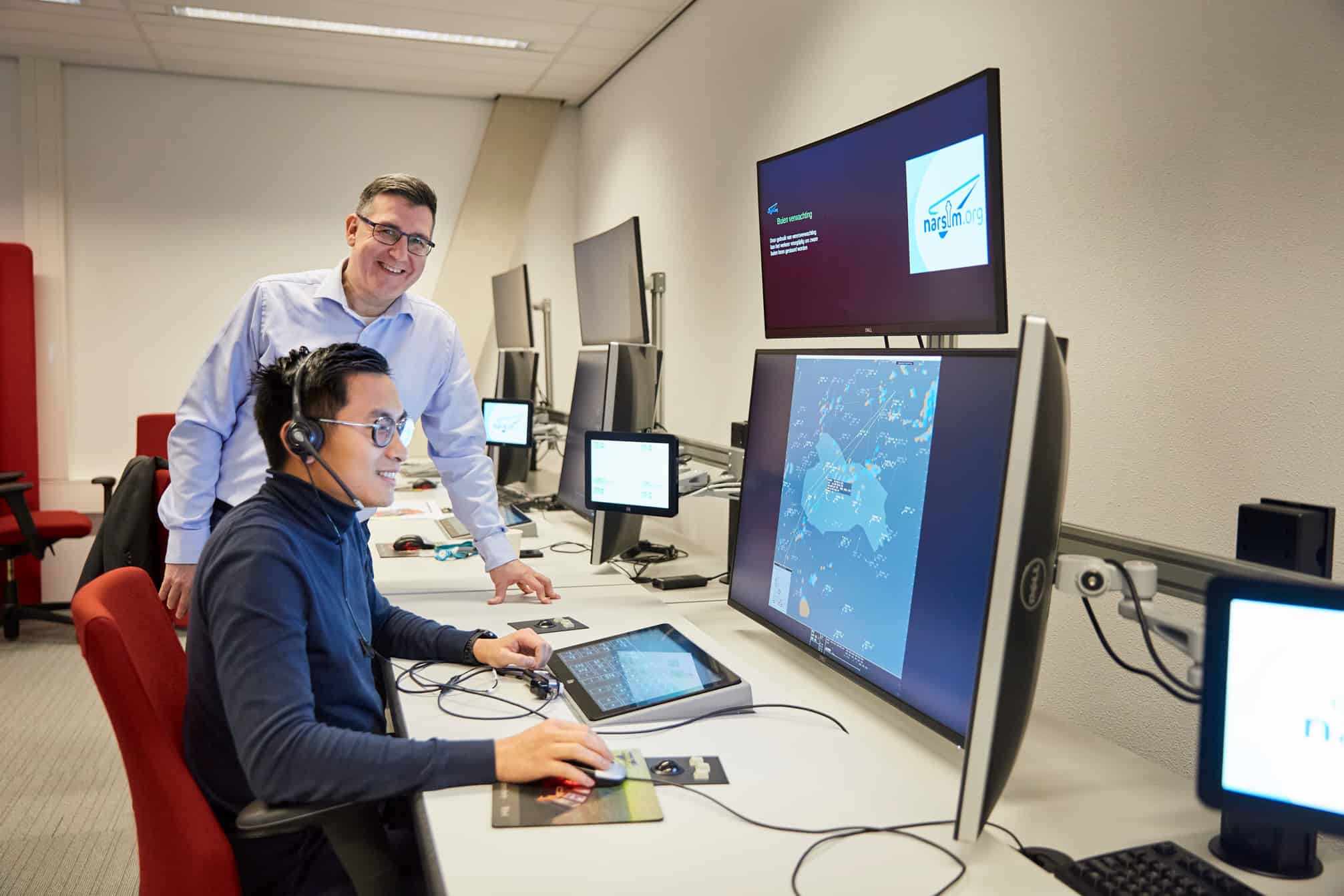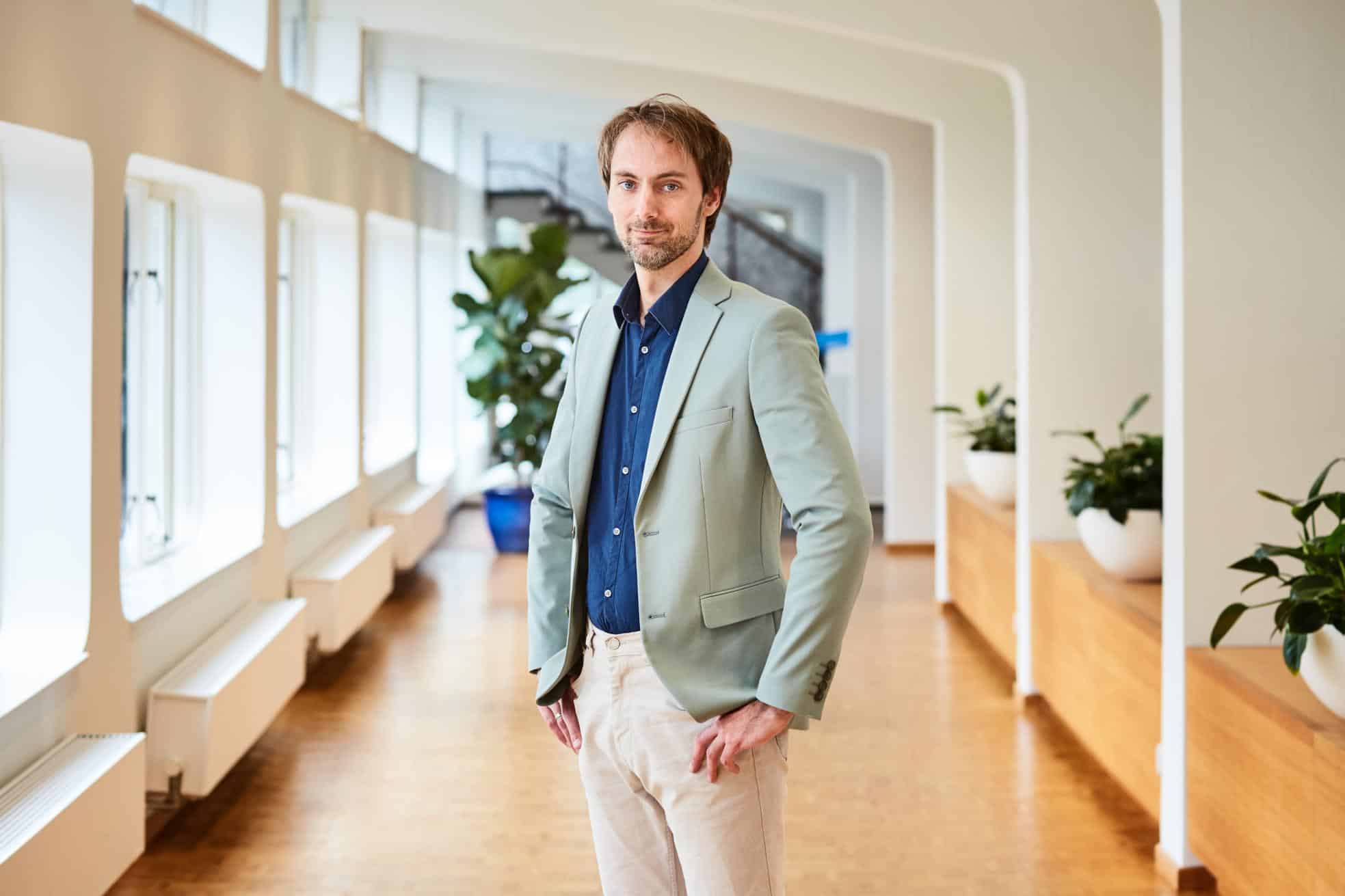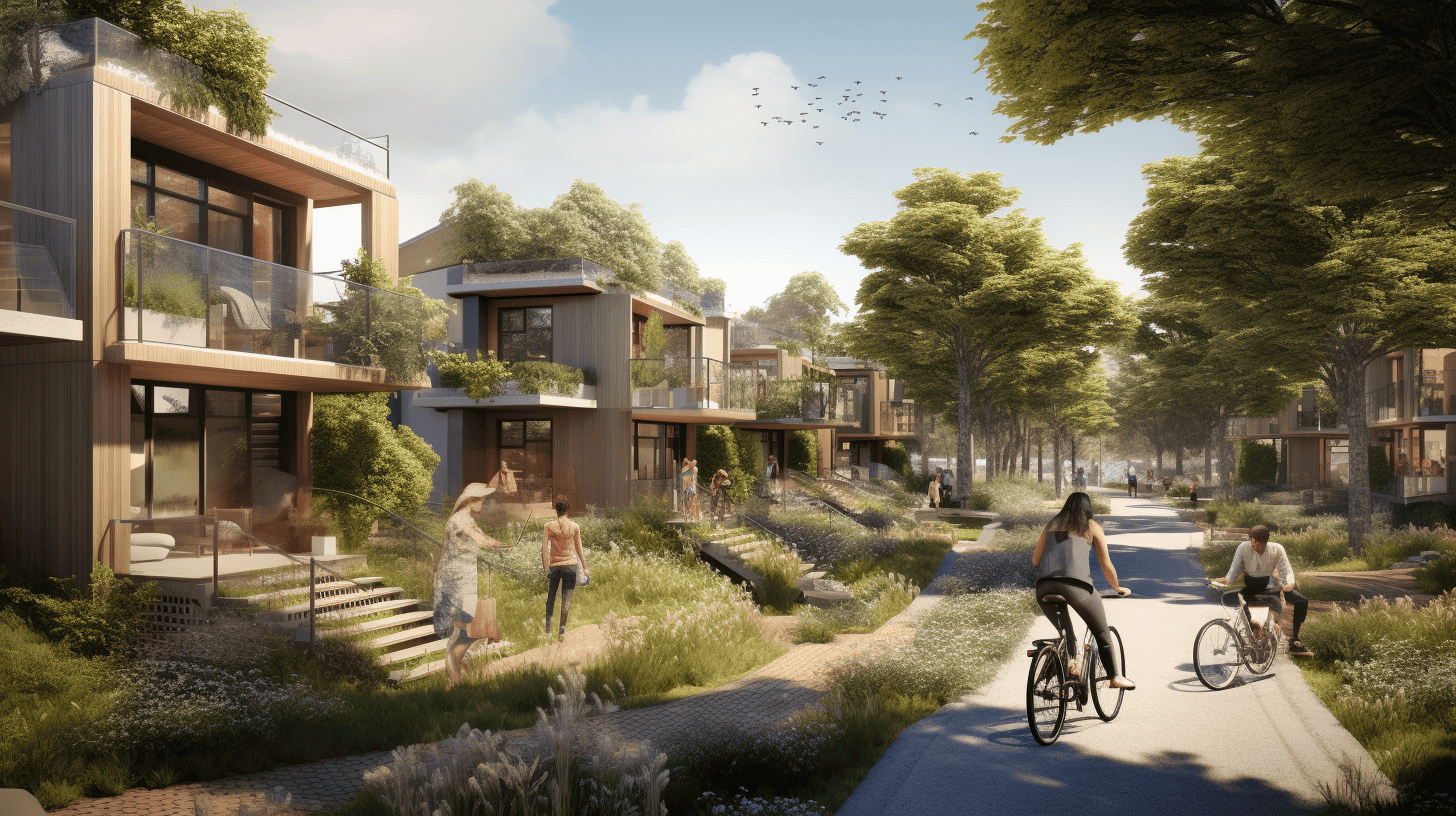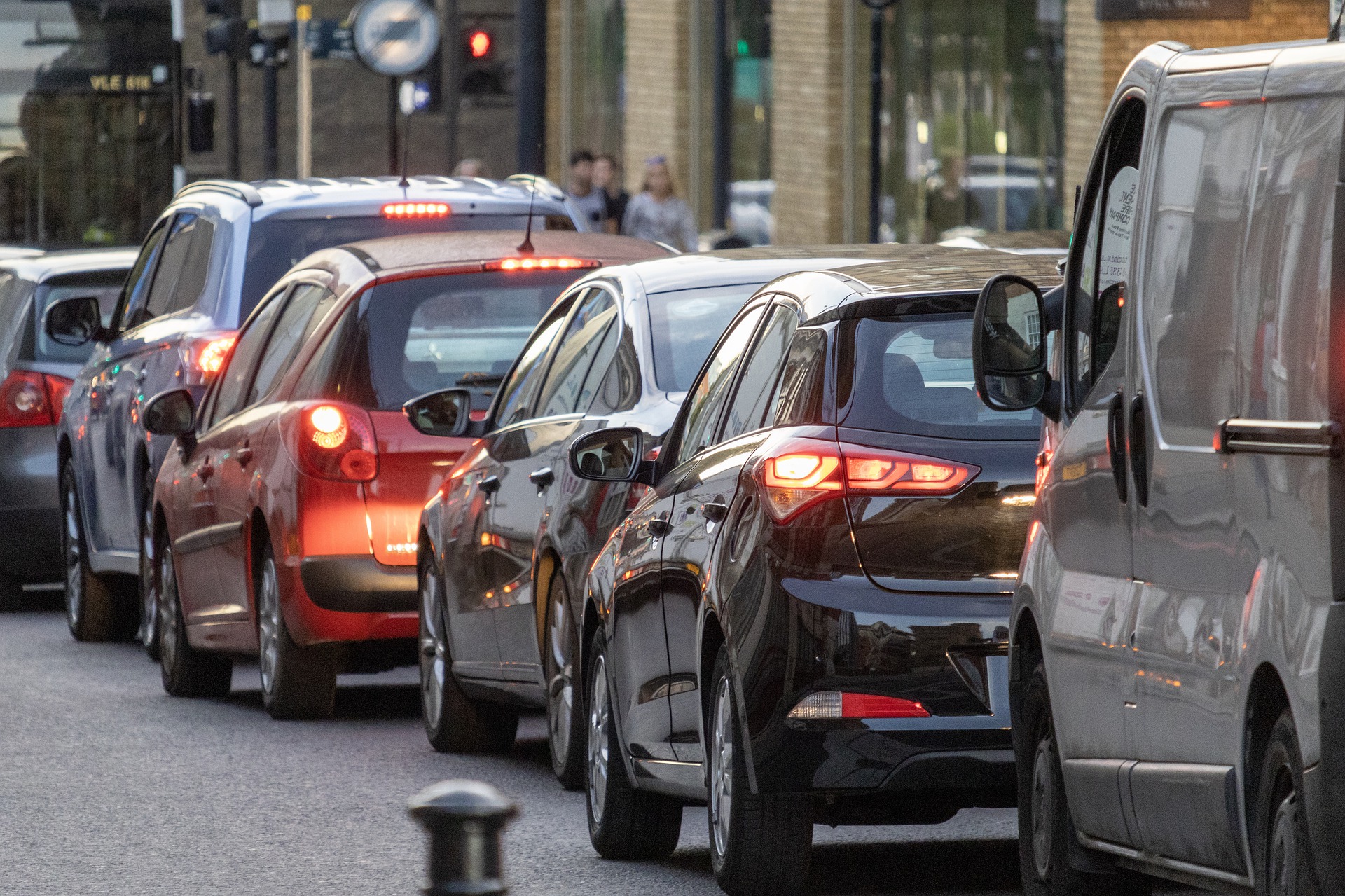
The first brief traffic jams after the lockdown are a fact. Where we could fire a proverbial cannon down most roads in recent months, we are now back on the road a lot more often. Images of overcrowded beaches and woodlands pass us by, but also office buildings seem to be gradually filling up again. At least for the time being there aren’t any signs of heavy morning or evening rush hour traffic. This is what the figures from the navigation manufacturer TomTom have so far shown.
The Dutch corona policy is to work from home as much as possible until 1 September. “If everyone sticks to that, I don’t foresee any rush hour traffic until then,” says Gijs Peters, traffic expert at TomTom. “If people do decide to go back to the office due to the easing of restrictions, congestion levels could go back up sooner.” Peters now sees that people are going out more often in their spare time, such as in the evenings and weekends. ” For instance, there was a peak in traffic around Ascension Day. It seemed that people still wanted to get away for a while during the public holiday in spite of the precautions in place.”
Just the opposite can be seen in China. “There the morning and evening rush hour traffic is practically back to normal. While recreational traffic during the day and weekend is still at the same level as during the lockdown,” the traffic expert adds. It’s difficult to offer an explanation for this. It might be a difference in policy or in people’s attitudes. Peters emphasizes that any build-up of congestion levels depends entirely on what policy is in place and how people deal with it.
Policy is decisive
Traffic volumes were drastically reduced immediately after lockdowns were established in various countries. Now, people are slowly but surely heading out on the road more often. The fact that these measures have had a direct impact on traffic is undisputed. In Spanish cities, where a relatively strict policy was in force, traffic volumes have hardly increased at all so far. While in Scandinavian cities like Stockholm, traffic levels have never really dropped. Sweden was also one of the very few European countries without a lockdown.
TomTom keeps track of how much time all its users spend traveling. They then compare this with the time it takes to drive somewhere without any traffic. The difference in percentages – the congestion levels – can be found in the so-called Traffic Index. “Once a year, we reveal which city in the world was the busiest. By doing so, we hope to make it easier for people to avoid congested places,” Peters adds.
Click here for the full-screen graph.
Insight into economics
These traffic figures can also be used to see how well a country’s economy is doing. “Our data on China was used outside of China to gain insight into what’s happening there. Initially, it was to see if the economy was already up and running again, and later to compare it with the situation in European cities,” says Peters. “Traffic density is linked to economic activity. In both cases, there has been an increase in recent years.” Employees are often on the road every day, but holidaymakers and day-trippers also like hopping into their cars. This may be taken as an indicator of economic growth. “Exactly what the data says about the economy is difficult to predict. In any event, it certainly offers a snapshot. We can’t measure a country’s Gross National Product on an hourly basis, but we can measure traffic density,” he says.
Structural changes
The global economy and society are steadily getting back on track. Although the coronavirus has brought about some necessary changes, for one thing, on the roads. “Many people have worked or are still working at home during the lockdown. We hope that they will keep on working from home more often after the corona crisis. Maybe a few days per week. That would relieve the pressure on the roads,” says Peters. “Even if people would answer some e-mails at home in the morning and then drive to work, it would benefit travel times. It’s such a waste of time and energy to be stuck in traffic.”
It could be an advantage that employers and employees are now accustomed to the concept of working from home. But on the other hand, public transport capacity has been reduced too. “Normally that’s a good substitute for the car for a lot of people. This also means that people who really need to drive somewhere will get to their destination sooner,” says Peters. “The fact that fewer people will be able to travel by public transport now might actually mean that they will grab their cars more often,” he continues.
“At the same time, we also hear that people are happy with quieter traffic noise levels, like in inner cities. Brussels has declared the city center a residential area, at least temporarily. Cars are only allowed to drive at 15 km/h, and everyone is free to walk on the street.” Nevertheless, Peters is not yet in a position to say what the long-term consequences will be for traffic congestion. “It could go both ways.”
Overall picture
TomTom is keeping a close eye on how things are developing. It is one of the few companies with an overall picture of traffic volumes. “We have several customers who buy a variety of products, such as navigation systems, maps, or live traffic information. Our technology can be found integrated into systems in cars and taxis. Yet we also have data from drivers who sometimes use their phones to navigate roads. That’s a good cross-section of all road users,” Peters explains. TomTom has access to data of about 15 to 20% of road users in The Netherlands, and between 10 and 15% in other parts of the world. Peters points out that all data is fully anonymized. “We hope to improve traffic flows by providing policymakers, road authorities, and motorists with insight into congestion levels.”
The future is uncertain
It is still difficult to estimate how traffic will progress in the coming weeks and months. Peters: “Congestion on the road in The Netherlands is determined by traffic policy, although this also applies to other countries. When the borders open up again, more people will go abroad and more tourists will come to The Netherlands. It’s just a case of having to wait and see.”
Wondering how congestion levels in European cities are shaping up? Search for a city in this graph.



